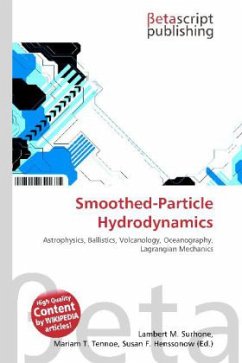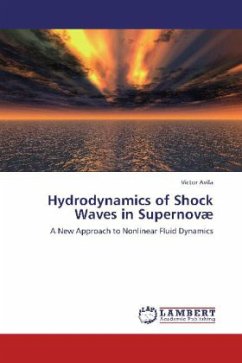Please note that the content of this book primarily consists of articles available from Wikipedia or other free sources online. Smoothed-particle hydrodynamics (SPH) is a computational method used for simulating fluid flows. It has been used in many fields of research, including astrophysics, ballistics, volcanology, and oceanography. It is a mesh-free Lagrangian method (where the co-ordinates move with the fluid), and the resolution of the method can easily be adjusted with respect to variables such as the density.The smoothed-particle hydrodynamics (SPH) method works by dividing the fluid into a set of discrete elements, referred to as particles. These particles have a spatial distance (known as the "smoothing length", typically represented in equations by h), over which their properties are "smoothed" by a kernel function. This means that the physical quantity of any particle can be obtained by summing the relevant properties of all the particles which lie within the range of the kernel. For example, using Monaghan''s popular cubic spline kernel the temperature at position mathbf{r} depends on the temperatures of all the particles within a radial distance 2h of mathbf{r}.








